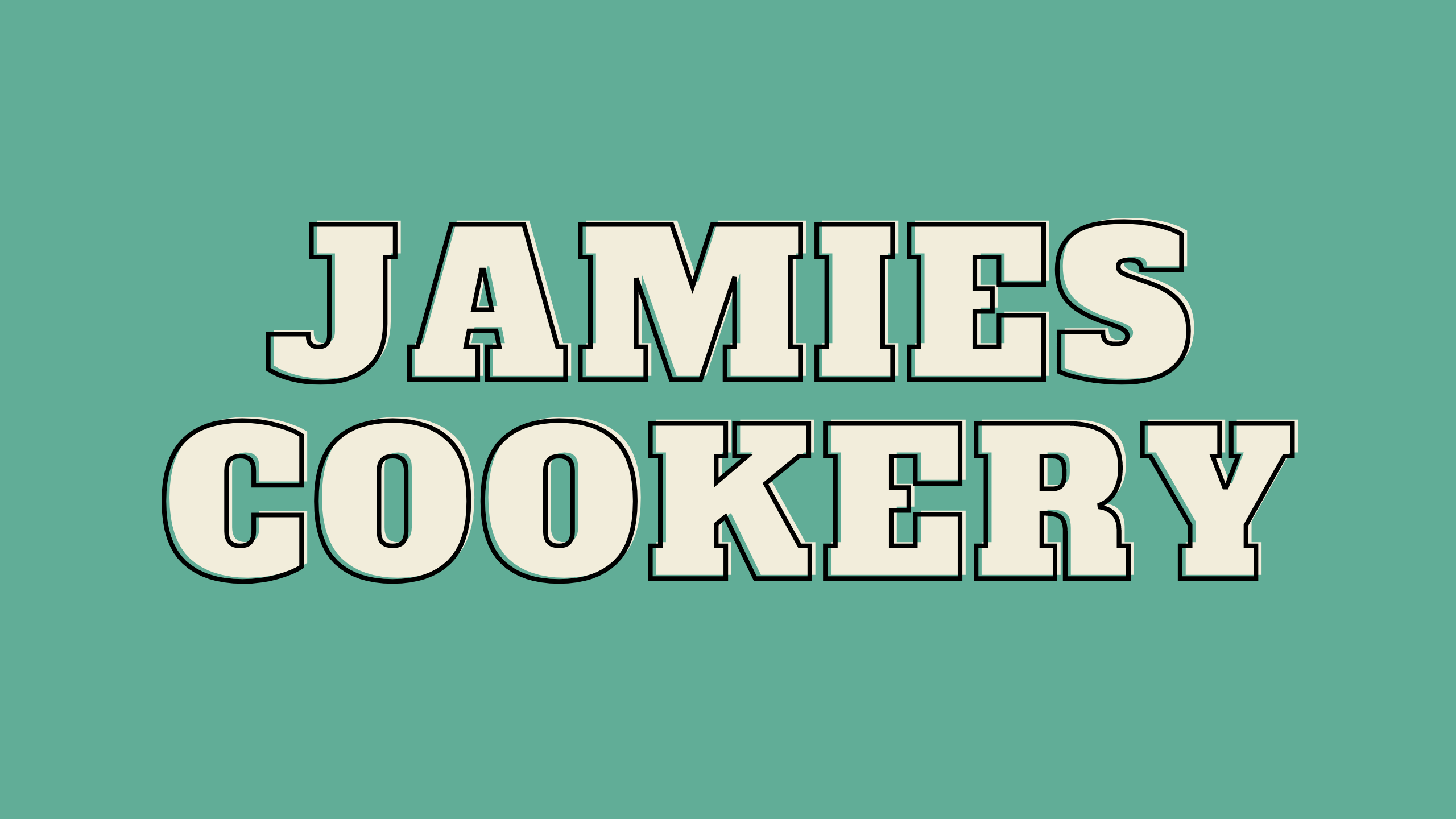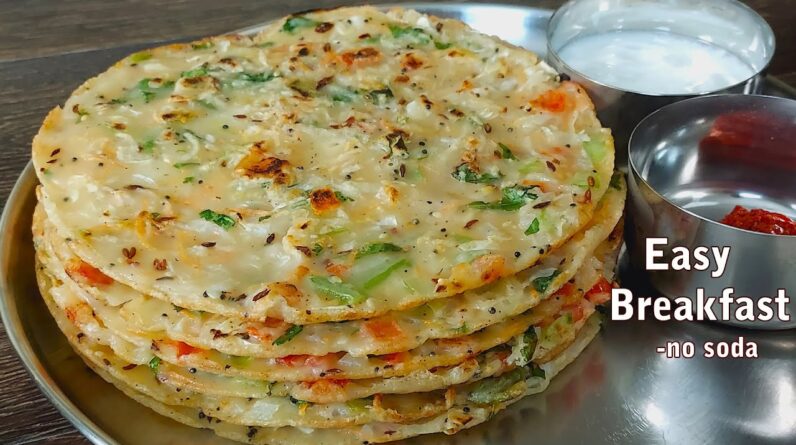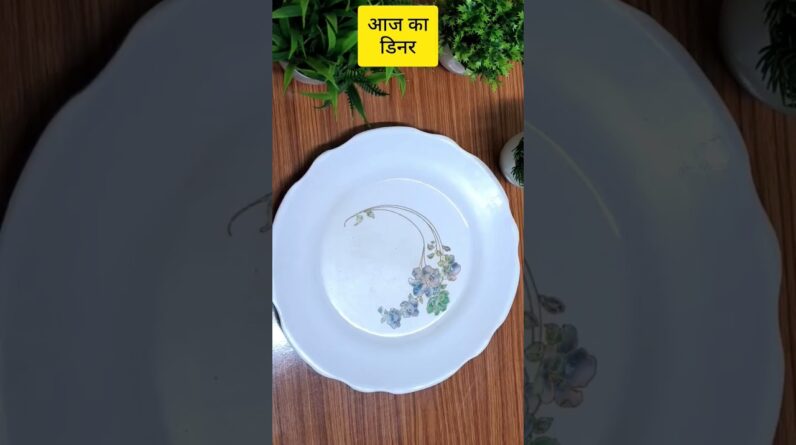And they do not have to do with what you will find in those markets. They have to do with when you can go shopping there. Open Air markets are only open in the morning. Typically from 8:30 am to 1:30 pm. And they are not open every day. As a matter of fact for the vast majority they are open either open every other day (Tuesday, Thursday, Saturday or Wednesday, Friday, Sunday), or sometimes only twice a week.
This is the case of the Bastille Market (Metro Bastille and Metro Bréguet Sabin )which is open only on Thursday and Sunday morning. We like to send people there because it is a very big market with over one hundred vendors. And it has a nice stand of Crêperie in the middle. Here you get a video of a lady preparing a crêpe there; and you can get that crêpe for only 3 Euros!
There is only one Open Air market open every day of the week, it is called Marché Aligre (Metro Ledru Rollin or Metro Faidherbe Chaligny) which happens on the eponymous street. It is an interesting market because you find all kinds of quality in that market – the good, the bad and the ugly. There is also a nice covered market in the middle of it called Marché Beauveau – sometimes called Marché Beauveau Aligre. On the contrary, Covered Markets are open every day, and not just in the morning, but also in the late afternoon. Typically from 4:30 pm to 8:00 pm.
We are blessed with two markets close to where Le Foodist is located, so we can walk to a market every morning – sometimes it is the Maubert market, and sometimes it is the Monge market. Both nice with their own specififies. Last but not least, none of these markets is open on Monday. Do not sign-up for a Market Tour on Monday, you might never see that money again …
Choosing Ingredients in Paris
While all markets are different, they also have some things in common. First they work on specific schedules as explained before. But also you will find always at a minimum the following vendors: a Maraîcher – this is the name we give to people selling fruits and vegetables, a butcher, a fishmonger, a cheesemonger and a baker. Normally you will find several of each, with different levels of quality, organic or non-organic, local or not local (but mostly not local unfortunately).
And we explain how to recognize each of those of course during our Market Visits and Cooking Classes in Paris. But choosing ingredients can be daunting at first, because of the variety that is on display. A typical fishmonger will carry 20 different types of fishes, and as many shrimp and shelf fish varieties. A good cheese monger will easily carry up to 100 different types of cheese and obviously you could get over 100 different cuts of meat at a butcher (from the type of meat to the cut itself). And a normal Maraicher will carry between 50 and 100 fruits and vegetables as well.
This is what makes these markets so exciting – the variety of products, the beauty of their display, and the exchange you can have with most of the vendors. We give you tips though on how to make sure that exchange with the vendors go well – a few magic words, and everything will be fine!
Cooking in Paris
Obviously going to markets is nice, but actually knowing that you are going to cook what you find there is even more exciting. It is not uncommon for Parisians to buy a little bit too much food because they get so excited at the idea of cooking it all! But as most of us have hardly any space where we live, that can limit the enthusiasm sometimes. Because of the lack of space, Cooking in Paris can be quite different from cooking in the rest of France. And there are also dishes that are typically associated with regions which the Parisian will not cook at home – but taste when they visit friends or families in the various regions of France. However our kitchen has plenty of space, so we can cook traditional French dishes without a problem – whether they come from Paris or any region. And the most important part for us is to ensure that we share techniques much more than just recipes. As a matter of fact, we love to share a bit of the science behind what we do so people can better remember the “what” by understanding the “why”.
Sharing Stories
In November 2010, some experts from the UN cultural organisation, decided tha France’s multi-course gastronomic meal, with its rites and its presentation, fulfilled the conditions for featuring on the “world intangible list” of the UNESCO.
In this list you can find all kinds of cultural practices, including Mexico Day of the Dead festival for example. Importantly this is not suggesting French cuisine is better than other cuisines (even though we the French tend to believe that …). It is only saying that the gastronomic meal and what it entails is a very vivid cultural practice which people in France partake into on a very regular basis. That is why the same experts indicated that the French gastronomic meal is a “social custom aimed at celebrating the most important moments in the lives of individuals and groups”. And in that social custom, there are many parts: the attention we pay to the way we choose ingredients, how we pair wine with food, how many dishes we will present to our guests, how we lay the table, etc… But one big part of the cultural practice is that commensality (the fact of sharing the food) is always accompanied by sharing stories about …. Well, you would have guessed it, Food of course!
To us it is THE perfect example of how Food and Culture come together – actually we decide to share food is a considered a cultural practice. I would argue that it is true of all countries, regions, etc… As the way we relate to Food is such a big part of anybody’s identity. But as a result and to make sure you have the most genuine experience of French culture, after the a coking class in Paris at Le Foodist, you will share a gastronomic meal at a common table with your Chef and fellow participants to the class.
French Wine and Food Pairing
As mentioned above, one of the big cultural practices in France is choosing how to pair Wine and Food in general and Wine and Cheese in particular. We actually have a class which focuses specifically on this. As it is so important though, we always make sure we share white and red wines during our meals, chosen to pair well in our opinion with the food we cook. And being at the table together is a good opportunity to discuss about wine as well, with concepts such as “terroir” (to simplify, terroir means “what you do depends on where you are”) which are essential to grasp the way the French think about Food.
And all this will always go with a cheering “Santé” – which quite simply means, to your good health!







